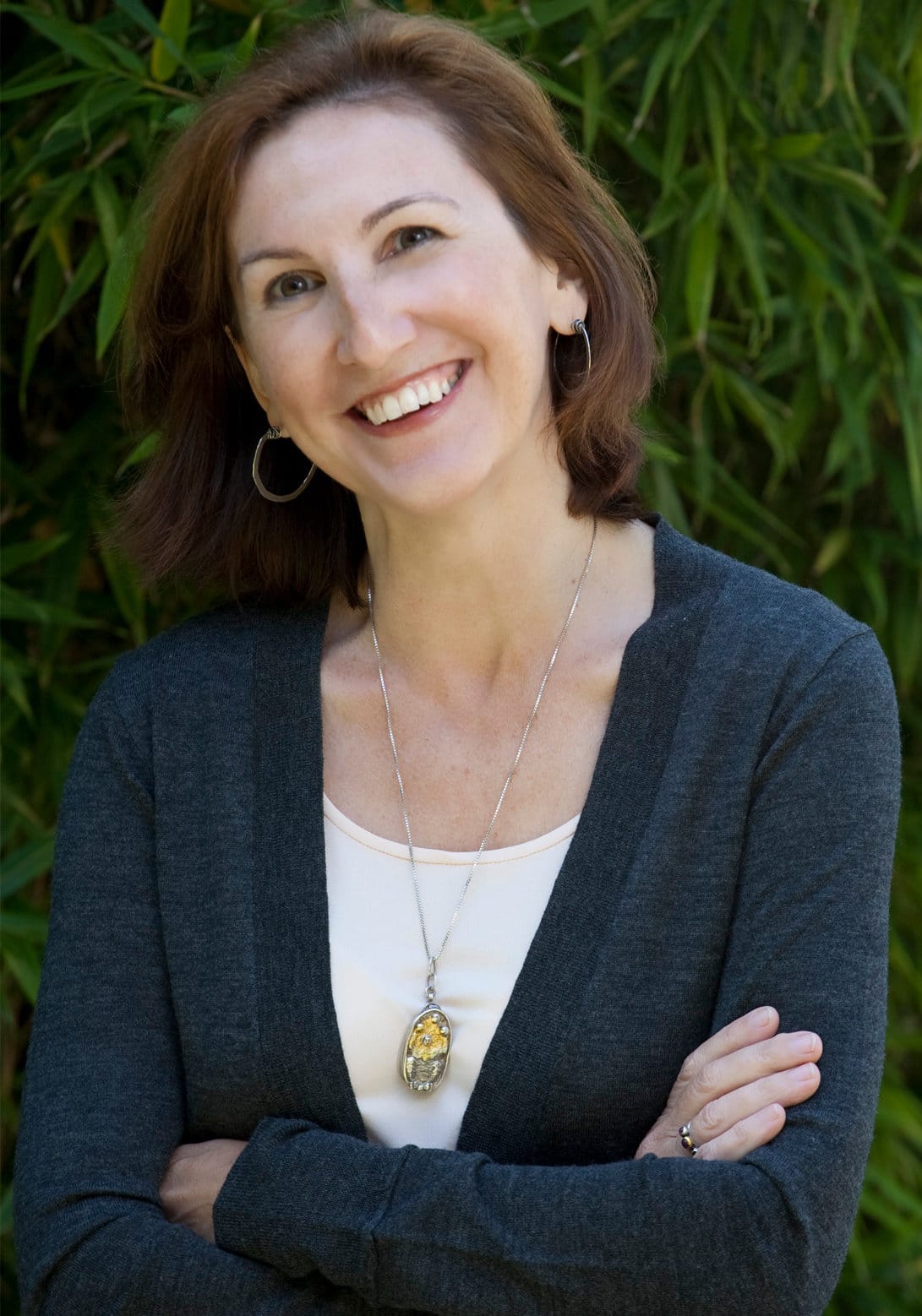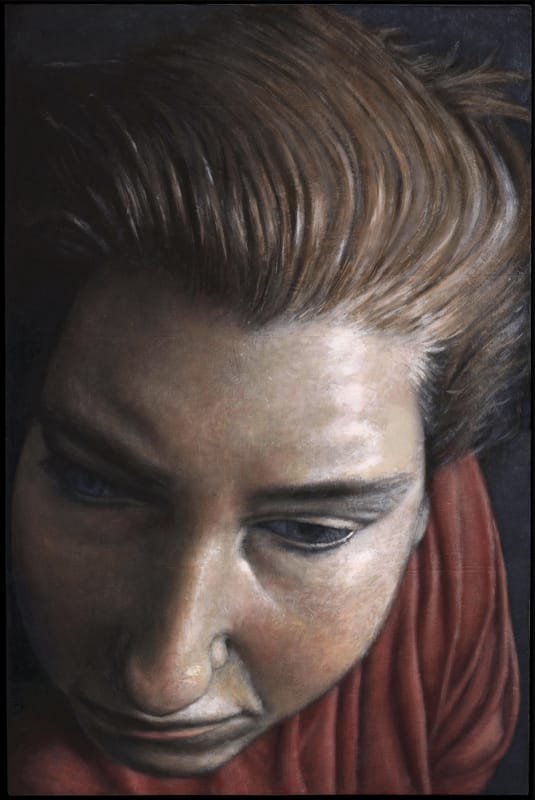
Adrianne Harun
“Hypnotic,” “crystalline,” “unpredictable on every page.” Critical praise for Adrianne Harun’s writing always strives to capture the sheer alchemy of the way she strings words into spells. Her new collection of stories, Catch, Release, is no exception. With contemporary tales of losses small and immense, it has earned a blurb by none other than Joyce Carol Oates, who calls the stories “Vividly imagined, like fever dreams, haunting and original and elusive. It’s as if each story contains — or generates — a mystery that will linger long in the reader’s mind.” It’s true. When walking along lonely forest roads in the Cascades, I still think about scenes from her astonishingly good 2014 novel, A Man Came out of a Door in the Mountain. A gothic take on the disappearance of First Nations women along Canada’s “Highway of Tears,” the book combines a tragic reality with hard-crusted legends about evil. The Port Townsend resident will read at Elliott Bay Books this week. Go to hear her work wordsmith magic. —B.D.
If you go: Elliott Bay Book Company, Nov. 16, 7 p.m. (Free)
Seattle Symphony: Beethoven Symphony No. 5
The most famous four opening notes in musical history get an encore at Benaroya Hall this week. It never hurts to re-acquaint yourself with this touchstone of the classical repertoire — it’s always a little more antic and unexpected than you might recall. The other program highlight: Prokofiev’s Piano Concerto No. 5, a zesty keyboard challenge that careens in five short movements between the zany and sublime. Ukrainian guest conductor Kirill Karabits (the Bournemouth Symphony Orchestra’s principal conductor) takes the podium, while Moscow-born Israeli pianist Boris Giltburg is the soloist. The Washington Post, in a review of Rachmaninoff’s Piano Concerto No. 1, praised Giltburg’s “singing line, variety of touch and broad dynamic palette capable of great surges of energy.” He should be well suited to the Prokofiev. —M.U.
If you go: Benaroya Hall, Nov. 15 at 7:30 p.m., Nov. 17 at 8 p.m. and Nov. 18 at 2 p.m. ($37-$122)

Seattle’s frequent friend David Sedaris is in town for the paperback release of his latest essay collection, Calypso, which touches on matters that range from being short (“Little Guy”) to having a guest room (“the only perk” of being middle-aged, he says in “Company Man”) to “The Spirit World” and “A Number of Reasons I’ve Been Depressed Lately.” His essay on his sister Tiffany’s suicide, “Now We Are Five” (reprinted from The New Yorker in 2013), confronts the shock of losing her (“A person expects his parents to die. But a sibling?”), and his incomprehension at the choice she made. “Ours is the only club I’d ever wanted to be a member of,” he says of himself and the five siblings he grew up with, “so I couldn’t imagine quitting.” —M.U.
If you go: Benaroya Hall, Nov. 19 at 7:30 p.m. ($50-$59)
Hallgrímur Helgason
“I live here alone in a garage, together with a laptop computer and an old hand grenade. It’s pretty cozy.” So begins Woman at 1,000 Degrees, the new book by Icelandic novelist Hallgrímur Helgason (Reykjavik 101) who has a knack for opening lines and compelling characters. To say the narrator of Woman at 1,000 Degrees is cantankerous is an understatement. She’s swaggeringly willful and perverse (“I’ve always had problems with people who’ve never had to clamber over dead bodies,” she quips), and she cheerfully admits to being “the most terrible woman who has ever lived.” She has the track record to prove it. Born in 1929 — and addressing us from her deathbed in 2009, the year of Iceland’s spectacular economic collapse — she’s had multiple husbands and lovers, dealt with a Danish father who chose to side with the Nazis during World War II, hung out with the Beatles in 1960 Hamburg, squeezed in an adventure or two in South America somewhere along the line, and gave little thought to abandoning her three sons with relatives in her native Iceland. The twist is she’s as entertaining as she is reprehensible, and Helgason — in a tale that blends the best aspects of Günter Grass and William Boyd’s fiction — knows exactly how to wrap his readers around her little finger. With a book this barbed and funny, Helgason should be good company at this reading. —M.U.
If you go: Elliott Bay Book Company, Nov. 19 at 7 p.m. (Free)

Katherine Ace: Face to Face
Portland artist Katherine Ace’s humorous oils on canvas are powered by a feminist gaze. Her showpiece is “Girls’ Brunch,” in which MSNBC anchor Joy Reid hosts Lucia van Beethoven and Albrechta Dürer (female avatars of the famous composer and artist), a feminized version of John the Baptist (“Juanita,” of course) and a couple of other surprising guests. Smaller canvases show female subjects calmly staring at the viewer, one with birds perched on her shoulders (“With a Tweet-Tweet Here, and a Tweet-Tweet There, Everywhere”), another sporting a headdress of flowers (“Itsy Bitsy Spider,” for the small arachnid perched on one of the blossoms), and others in equally offbeat or intriguingly mysterious poses. Ed note: The companion show (Kellie Talbot) previously listed here has come down prematurely. —M.U.
If you go: Woodside/Braseth Gallery through 12/1. (Free)

Tim Lowly: Radiator & David Bailin: The Erasing
The title painting in Chicago-based artist Tim Lowly’s remarkable show at Prographica/KDR is 4 feet high and almost 10 feet wide. It seems to place viewers up in the ceiling of a room, allowing them to stare down at a life-size female figure curled up in a bed. Her hands look painfully contorted; the expression on her face suggests some kind of paralysis. The model for “Radiator” (co-painted with Maggie Hubbard) is Lowly’s daughter, Temma, who was severely brain-damaged at birth. She’s the constant subject of his painting, but she’s not just a figure — she is, somehow, a world. She throws you off balance, while pulling you deep into something you don’t entirely understand. That effect may stem, Lowly said during a recent visit to Seattle, from the way, over the years, he himself has started seeing her “less in terms of who she wasn’t and more in terms of who she was.” Lowly works from photographs, but this isn’t photorealism. The focus can be blurry, the compositions off-kilter. The result: They seem to take you past the surface appearance and into some more profound perception. This is Lowly’s first show in Seattle, and it’s an eye-opener. Also on display: four impressive large-scale drawings by Arkansas-based artist David Bailin, who uses charcoal, colored pencil, pastel and coffee stains to render ghostly figures and furnishings emerging from busy, abstract visual static. —M.U.
If you go: Prographica/KDR through Dec. 1. (Free)

Support for arts coverage comes from the Seattle Office of Arts & Culture.



